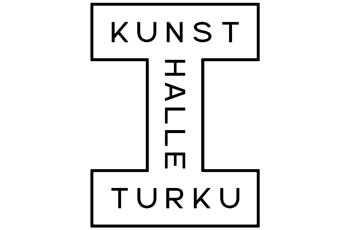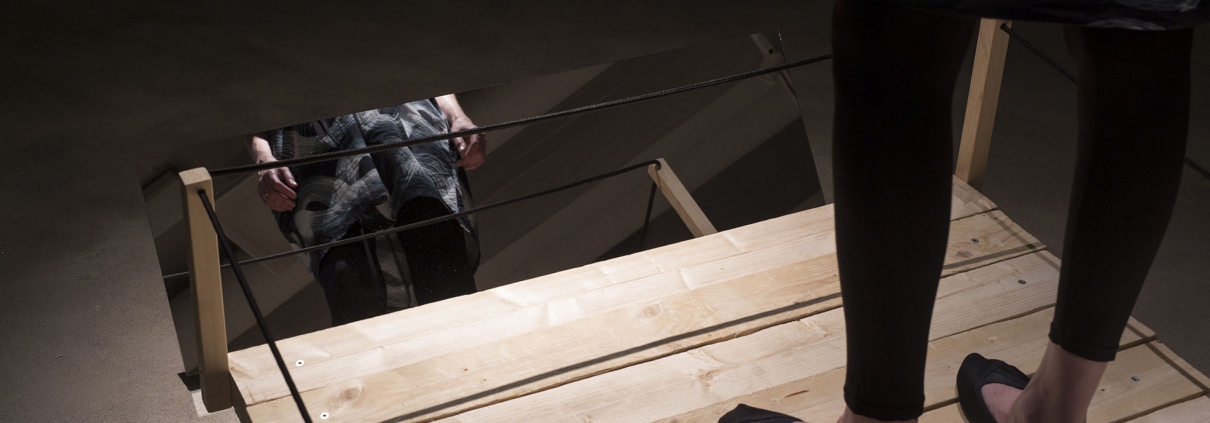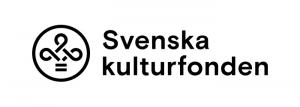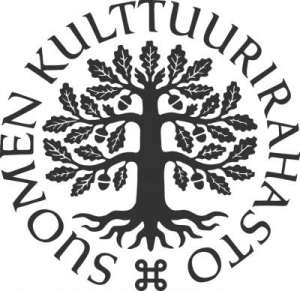Ida Palojärvi: Anlegestelle
Installation 2016
A light fashes on like magic, I see white fowers. Before I can make out the dimensions of the room or its details, the room is dark again. I linger and wonder at what I have just seen. Were the fowers really there, were they real? I see them as an afterimage, as if I had glanced at the sun, or a camera fash had gone of. I step out of the room and notice myself considering whether to enter again. Would I get a better grip on the work? I proceed, the fowers throw their fash in my feld of vision once again –– a momentary shock –– and disappear into the darkness. I fnd myself baffled and elated. It is the year 2012 and I have just experienced Ida Palojärvi’s graduate work Hamza.
In order to fully experience Ida’s art, you need to be physically present: take your time, move around in the space, approach the pieces or step into them. At the same time, the artwork eludes capture. For an eye adjusted to the dark, they appear as spinning paper mountains. Temporarily flashing images. Hints of beauty hidden behind a physical obstacle, darkness or a structure. Treasure, perhaps? The articles in Ida’s art, the objects drawing the eye in her installations, are magical and yet somehow banal: knives, fruit, mountain sceneries, gold, salt, flowers. Symbolic and experiential by nature, the pieces possess aspects of narrative and prompt the viewer onwards and into a temporal mindset, even if they do not open into traditional narratives. Anlegestelle stems from the exercise of power and the individual’s potential for misusing power; the idea of being able to cause suffering, perhaps partially unintentionally and subconsciously.
I follow Ida’s work closely as we share a studio. She works slowly, following the idea of a piece, testing out, building, and drawing models. I once asked her whether she is concerned that the outcome would not match the original vision, as she usually only gets to examine the work alongside the audience when the work is displayed. The risk of the work not functioning as planned is underlined and present until the moment of exhibiting. So far, taking this risk has made it possible to create those special situational experiences that her works bring about.
– Marja Viitahuhta –
Artist Ida Palojärvi (1981) has a master’s degree in Arts from the Academy of Fine Arts of the University of the Arts Helsinki. The artwork now seen at Kunsthalle Turku was exhibited at the HAM Gallery in Helsinki in 2016. Palojärvi works with spatial installations. They often blur, alter or skew the viewer’s everyday observations.









